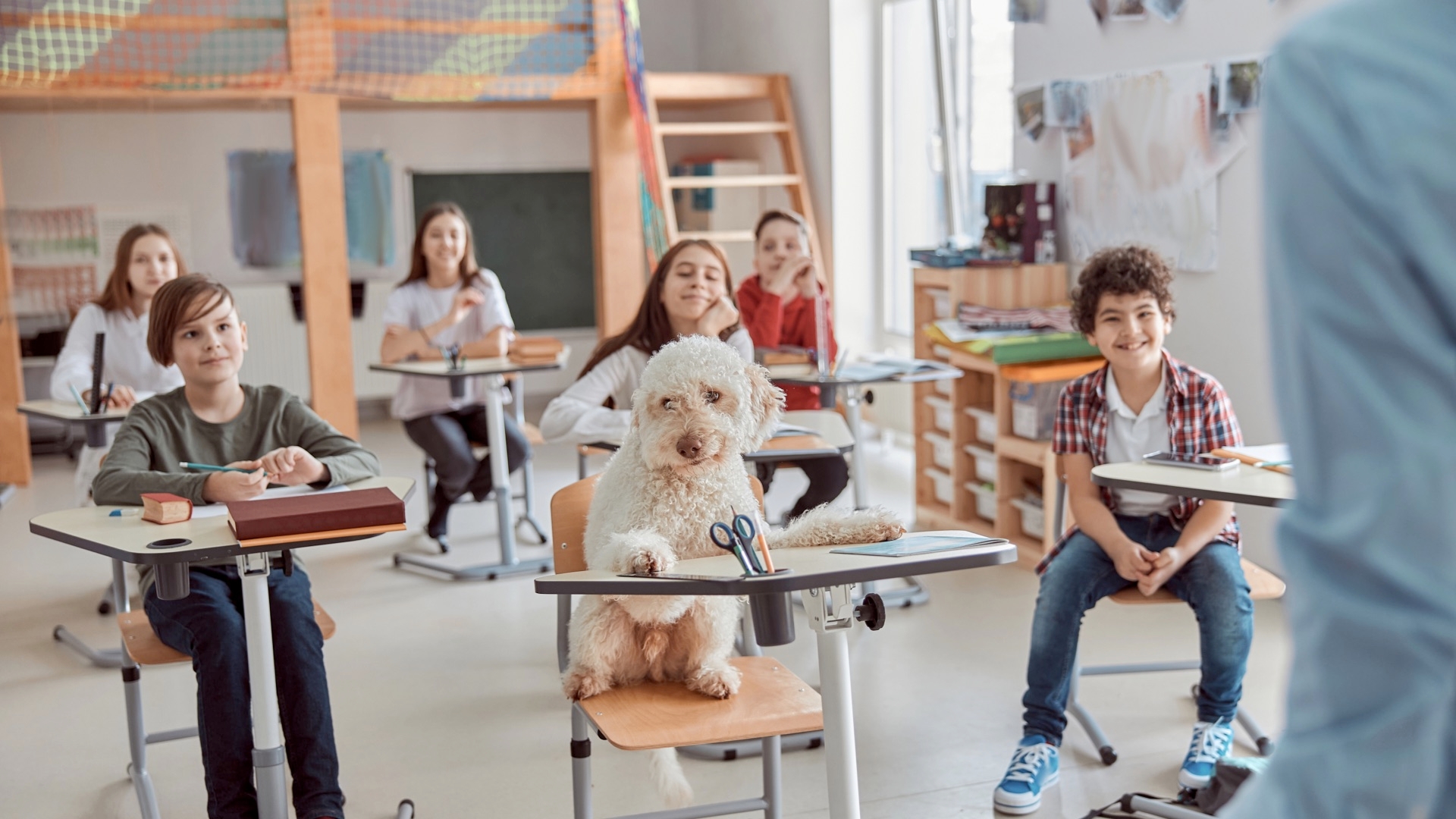How To Educate Your Dog:
Summary:
Dogs need guidance and consistent training from their people if they are going to live in harmony with humans. All dogs must be taught acceptable behavior, and one way to do that is to train your dog or pay a trainer to do it. Dogs are happiest when they know who's in charge and what's expected of them.
By Sherry Woodard
Dogs need guidance and consistent training from their people if they are going to live in harmony with humans. All dogs must be taught acceptable behavior, and one way to do that is to train your dog or pay a trainer to do it. Dogs are happiest when they know who's in charge and what's expected of them.
When you are looking for an obedience class or a trainer, shop around and ask questions. You will want to find a trainer who uses humane methods, someone who uses positive reinforcement rather than punishment. Ask if you can watch the trainer give a class and speak with people who are currently taking a class. If the trainer says or does anything that you are uncomfortable with, you may want to look elsewhere. For more tips, read Find a Dog Trainer.
With positive reinforcement — treats, rewards like ball-playing, and praise — training can be fun for all involved. If you develop a loving, fun relationship with your dog, she will enjoy the time spent learning.
You should be integrally involved in your dog's training. The trainer should also be training you, so that you understand how to practice with your dog what she has learned. Training your dog doesn't end after the class is over; you will need to practice cues with your dog throughout her life.
Your dog should be taught helpful cues such as come, sit, wait, down, stay, leave it, and drop it. Consistent training can produce a dog who will walk nicely on lead, which makes outings a lot more enjoyable. Your dog can learn to give greetings by politely sitting (instead of jumping up) when meeting new people.
Though training is a good thing, keep in mind that dogs still need to behave like dogs. They need to play, run, dig, and chew. These are natural behaviors that can happen in appropriate ways and places. Here are some ways that you can give your dog the opportunity to express natural canine behaviors:
- Make sure your dog gets plenty of running and playing outside the house; that way, she will be less inclined to be rambunctious inside the house.
- Provide a dirt box out in the backyard for your dog to dig in. You can bury a variety of toys in the box to encourage him to dig there (instead of in your flower beds).
- Supply your dog with a variety of appropriate things to chew on. Some examples are frozen carrots, Kongs stuffed with peanut butter or treats, bully sticks, rawhide chips and Nylabones.
You also need to socialize your dog — to get him accustomed to behaving acceptably in public, and comfortable with meeting new people and other dogs. If your dog is properly socialized, he will enjoy meeting other animals and will be able to safely interact with them. A socialized, emotionally healthy dog allows handling of every part of his body, not only by you, but also by the veterinarian and the groomer.
If at any point, your dog's training doesn't seem to be working or his behavior is problematic, please seek help before becoming frustrated with him. Try to remember that he needs continuing education throughout his life. Some problems are easy to fix by going back to basic training and practicing cues consistently. For more complex issues, you may want to consult your veterinarian. If the cause is not medical, your veterinarian may recommend a behaviorist, who can do an in-depth assessment and develop a plan for behavior modification and long-term management of the problem. Sherry Woodard is the animal behavior consultant at Best Friends. She develops resources and provides consulting services nationally to help achieve Best Friends' No More Homeless Pets mission.
Sherry Woodard is the animal behavior consultant at Best Friends. She develops resources and provides consulting services nationally to help achieve Best Friends' No More Homeless Pets mission.


